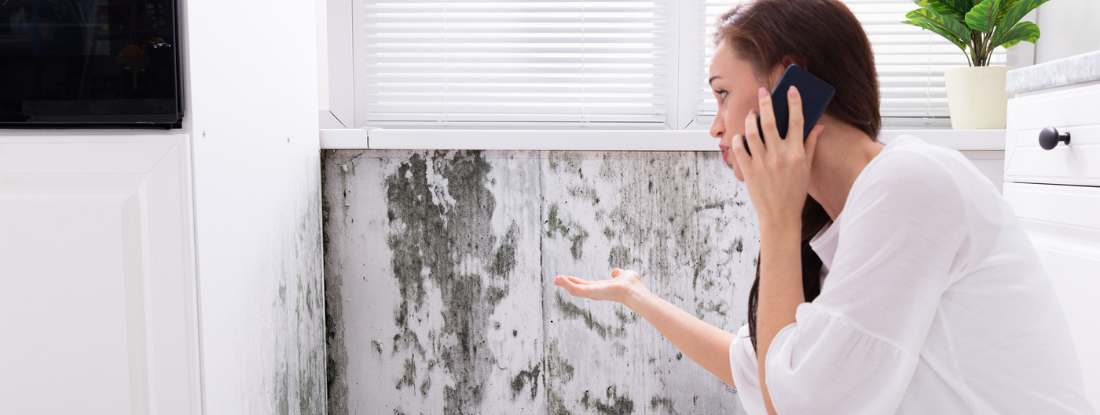Your Ultimate Overview to Post Mold Removal Techniques
Browsing the realm of post-mold remediation techniques is a careful procedure that demands focus to detail and a thorough understanding of the details involved. In the results of mold problem, knowing how to efficiently eliminate the mold and mildew and avoid its reoccurrence is critical for maintaining a healthy and balanced interior setting. From choosing the right cleaning and disinfecting methods to implementing strategies for lasting mold and mildew avoidance, each action in the removal trip plays a crucial duty in making certain an effective end result. As we start this expedition of post-mold remediation strategies, we will uncover the vital approaches and finest practices that can help you recover your room to its pre-mold condition and safeguard it against future mold risks.
Understanding Post-Mold Removal Refine
After completing the mold remediation process, it is important to comprehend the post-mold removal strategies that are required to make certain a effective and detailed clean-up. As soon as the mold and mildew has actually been gotten rid of, the next step includes cleansing and sanitizing the influenced locations to stop any type of regrowth of mold. This includes using specialized cleansing agents to wipe down surfaces and eliminate any kind of continuing to be mold spores. It is important to dry the area completely to dissuade the growth of mold and mildew in the future (Post Mold Remediation). Appropriate ventilation and dehumidification can assist in this procedure.
In addition, conducting a final examination post-remediation is vital to guarantee that all mold has actually been efficiently removed. If the evaluation reveals any type of sticking around mold, extra removal might be necessary.
Reliable Cleansing and Sanitizing Methods

Avoiding Future Mold Growth

Significance of Correct Ventilation
Appropriate air flow plays an important function in avoiding dampness build-up, a vital element in mold growth within interior environments. Effective ventilation systems aid eliminate excess humidity from the air, minimizing the opportunities of mold spores finding the wetness they require to spread out and sprout. Without sufficient air flow, indoor rooms can come to be a reproduction ground for mold and mildew, bring about potential health and wellness risks and architectural damage.
By making certain proper air blood circulation, air flow systems can likewise help in drying damp areas faster after water damage or flooding occurrences, even more deterring mold and mildew growth. look at this now Post Mold Remediation Report. Precede like restrooms, attic rooms, cellars, and kitchen areas where wetness degrees tend to be greater, installing and preserving reliable air flow systems is crucial in protecting against mold infestations

Monitoring and Upkeep Tips
Offered the vital role that correct ventilation plays in preventing mold development, it is critical to develop efficient tracking and upkeep pointers to guarantee the ongoing performance of ventilation systems. Normal assessments of air flow systems should be performed to look for any type of signs of obstructions, leaks, or malfunctions that might hinder correct air flow. Tracking humidity degrees within the building is also essential, as high moisture can add to mold and mildew growth. Installing a hygrometer can help track humidity degrees and sharp property owners to any spikes that might require focus. In addition, making certain that air filters are frequently cleaned or changed is necessary for preserving the performance of the ventilation system. Executing a timetable for routine upkeep jobs, such as duct cleaning and cooling and heating system examinations, can aid prevent problems before they escalate. By remaining alert and positive to the problem of ventilation systems, homeowner can properly mitigate the threat of mold regrowth and maintain a healthy indoor atmosphere.
Conclusion
Finally, post-mold removal techniques are essential for making sure a clean and safe atmosphere. Recognizing the process, executing effective cleansing and disinfecting approaches, avoiding future mold growth, keeping proper ventilation, and normal monitoring are all critical steps in the remediation process. By complying with these guidelines, you can successfully eliminate mold and mildew and stop its return, functioning or advertising a healthy living area for all residents.
In the results of mold invasion, recognizing just how to effectively eradicate the mold and avoid its reoccurrence is paramount for keeping a healthy interior environment. When the mold has been removed, the next step includes cleansing and disinfecting the influenced locations to avoid any kind of regrowth of mold and mildew - Post remediation mold testing near me. After eliminating noticeable mold growth, it is essential to cleanse all surface areas in the damaged location to eliminate any type of continuing to be mold and mildew spores. To better improve mold and mildew prevention actions, it is important to deal with underlying concerns that initially led to mold advancement.Given the critical function that correct air flow plays in protecting against mold and mildew development, it is imperative to develop reliable surveillance and maintenance pointers to ensure the continued capability of ventilation systems